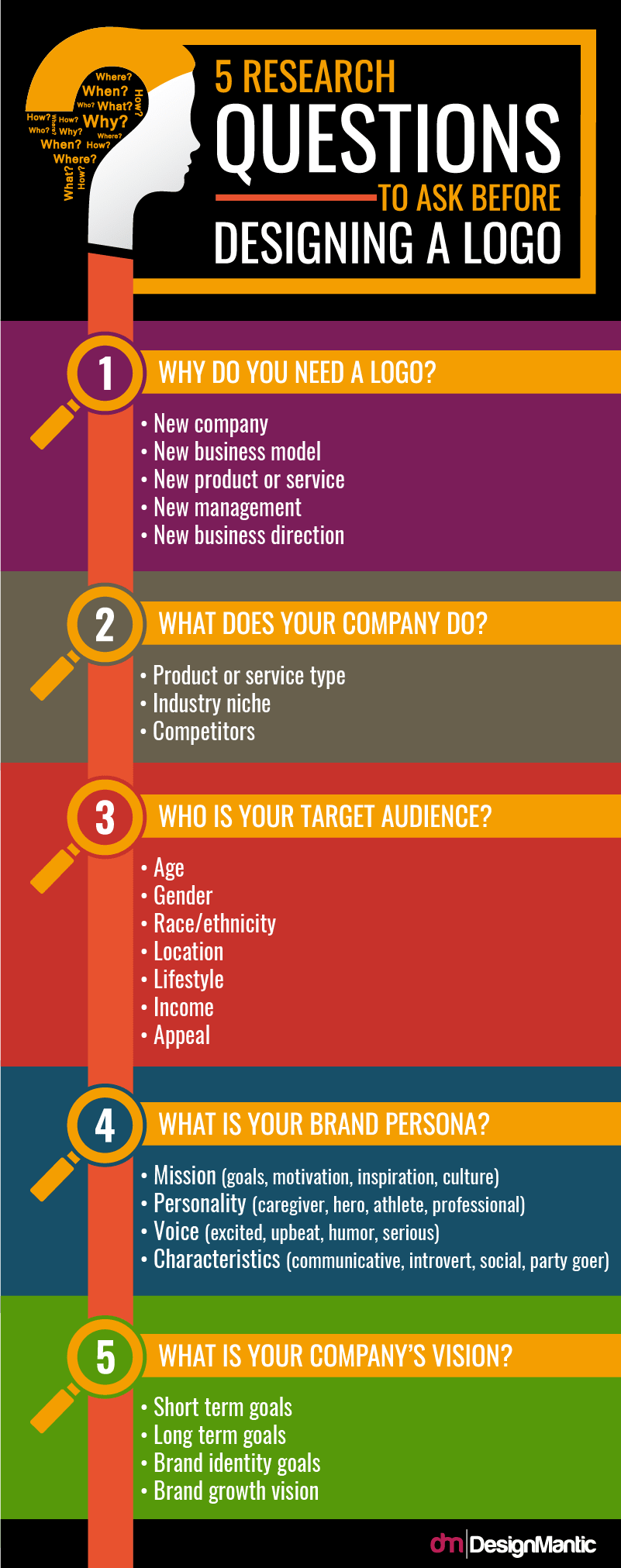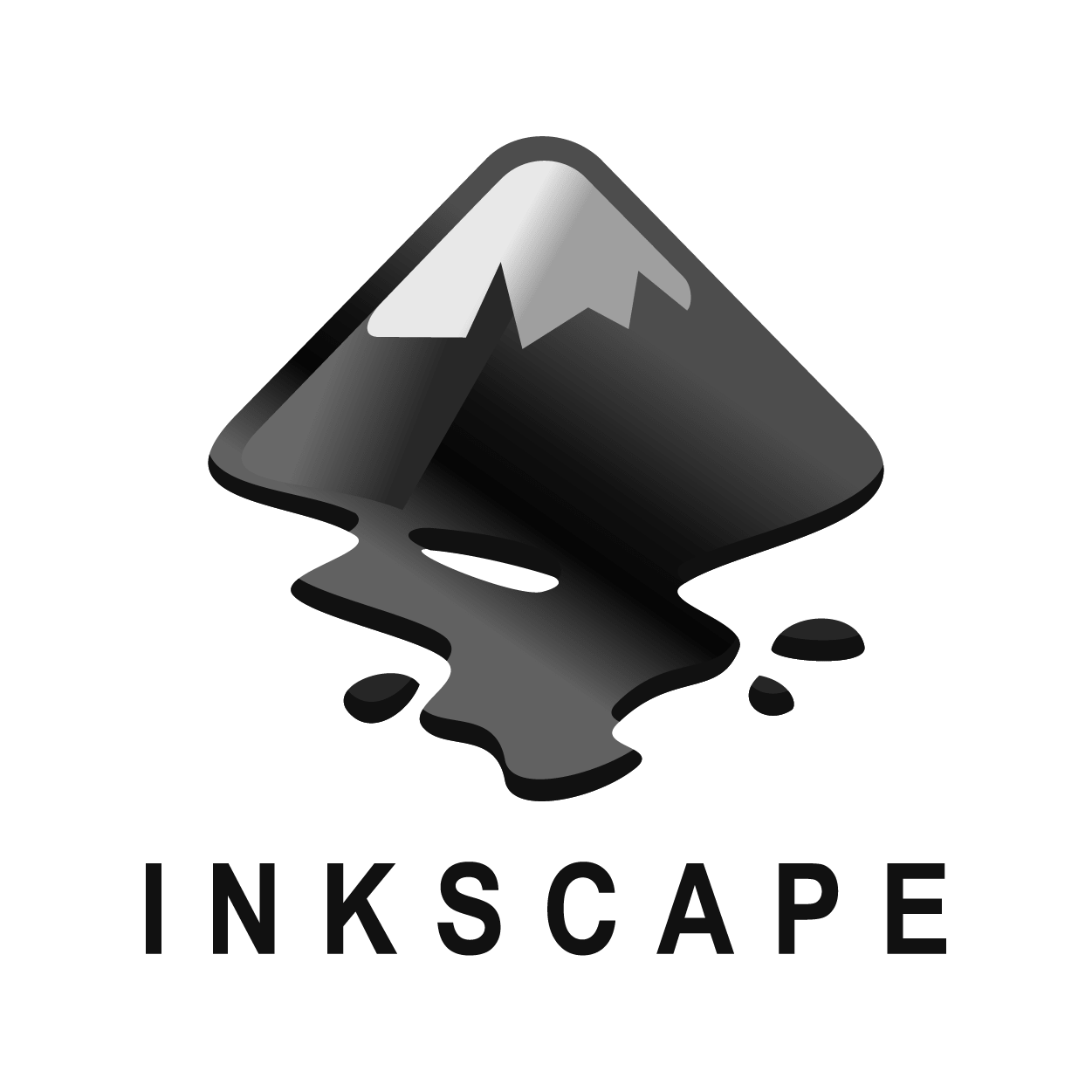- SALES / SUPPORT : 855-752-5503
After spending years in this fantastic world of graphic design, as a logo designer I have learned a number of things that I wish I knew earlier. Many of them revolve around my academic and professional decisions. But I did not gain this knowledge and understanding in a lone journey to creative bliss. I found a few great mentors who held my hand and helped me through many rough patches.
I would tell you what compels me to share the few key details about the logo design industry I have learned. It is a deep-rooted wish to light the candle for others just as somebody else did for me. Also life as a logo designer would be so much easier for everybody (in the graphic design industry) that it is better to inform than withhold this information.
Today we are going to discuss the five key practices for young designers who want to excel in the niche of identity design – learn the trade and excel too – without necessarily attending a design college.
I do not wish to undermine the importance of formal design education through this article. But I have, in my fair share of experience, seen many failed artists/designers who have had very little talent and a very good degree.
Most designers know that they want to study art and graphic design even before they leave school. Most of them have a specific niche in mind before they leave college. The good news, as I am sure that you have been told a million of times already, is that you don’t need a high-standard degree from a design school to become a graphic designer (a high-standard portfolio and talent will get you through just as well). Though a degree does help in balancing theory with concepts.
But the journey to creative utopia-living is hard. The pathway to success is very demanding. The requirements are tough to say the least. Don't think that just because you can study graphic or logo design independently from a school, it is going to be any easier. It is just a possibility (great!) that may transpire with utmost dedication and diligence. And, yes, a lot of self-study.
From mere basics to advance studies, lots of things need your consideration if you intend to become a good logo designer. We will delve into the details in a just a bit, but I would also like to mention that at any stage of your design qualification and experience, signing up for a good online program, certification, or a course could do wonders to help you in your design career. There are courses available in schools too. If you have the financial budget, aptitude, and time to attend regular classes, you should not hesitate at all.
Even at design school, the best lessons you learn come from your private projects, extensive reading, and online graphic design resources for the most part. An active and enthusiastic learner of logo art would absorb every ounce of inspiration and practice his craft conscientiously, utilizing every resource at his disposal.
Of course! What would you ever do without learning the basics of any industry? Logo design is no exception. You learn from the basic guide of logo design for beginners, and you qualify to at least get your foot inside the industry. Now how solid that footing is, depends upon your talent and lessons learned with time. If you have learned to design fox logos in grid, don’t just stick to that. Learn to experiment and graduate to 3D logo designs, and so on. Anyhow, here are a few basic things that I won’t elaborate on (because any designer you meet would happily drone on about them). But I would like to mention them just to emphasize upon their usefulness in your future as a logo designer.
You must hone your observation if you are to become an extraordinary logo designer. And you should always do your home-work if you are to accept custom graphic design projects. You must gain as many details regarding your client’s business industry and product as possible. You even need to find out the market trends and his competitors. That, by the way, is the sole purpose of having a design brief.
However, many clients – even the big organizations – fail to provide enough info in their briefings, in which case, both skills come into play for the designer to stay on the right track. Instead use this framework.

The following graphic design principles play a crucial role in logo design (in every design that you will ever create – forever!)
These are three basic logo design principles that need practice. You can find countless resources online but here are my recommendations:
Geometry of Design: Studies in Proportion and Composition by Kimberly Elam
The Principles of Design by Joshua David McClurg-Genevese
An Introduction to Graphic Design by ThoughtCo.
Well-used colors can make a huge difference in your design. A good logo works just as well in a single color, but colors could really make your design pop, you know. Definitely check out:
Playing with Color: 50 Graphic Experiments for Exploring Color Design Principles by Richard Mehl
Principles of Color Design by Wucius Wong
How to Select Color for Your Logo Design by Evan Brown
The use of visual or implied texture in a logo could make it more impactful for the audience. You could create memorable logo designs by stimulating the senses of your audience via texture-mapping.
Learn the Definition and Purpose of Texture in Graphic Design by ThoughtCo.
Three Ways to Add Textures to Vintage Logos & Type Designs by SpoonGraphics
Your logo basically defines a brand. What shapes or symbols for logos you choose will create your brand persona. It helps promote it in multiple formats and at various platforms. Therefore, it has to be flawless.
Sensory Imagery for Design by Aradhna Krishna
Many of the iconic logos are letter based. Many international brands have received wider public appreciation for their typographic or alphabet letter logos. Some of those notable logos include: Coca Cola, Baskin Robins, Facebook, FedEx, etc. Goes without saying, that learning to work with type could be extremely beneficial for a logo designer.
Thinking with Type: A Critical Guide for Designers, Writers, Editors, & Studentsby Ellen Lupton
Typography Workbook: A Real-World Guide to Using Type in Graphic Design by Timothy Samara
Your success as a designer is heavily dependent upon your mastery of the tools of your craft. As an independent learner, you will have to teach yourself everything from drawing a sketch to becoming one with your Adobe, PhotoShop, Illustrator or CorelDraw. You will have to learn vector-based software such as CorelDRAW, Inkscape, etc. Other aspects of designing in vector-based software will need extra assiduity. Think of how SVG graphics work, figure out why CMYK colors work well in print, how Typekit fonts are used, and so on.




You should also learn which logo design software are for scalable logos and which work well for the fixed size logos. From Adobe Photoshop to GIMP to Corel Photo Paint, you have quite a few choices available. Therefore, be a relentless learner.
You should also know what doesn't work well in logo design so as to avoid hassle as well as save time and energy that is better used elsewhere. You may start that list with MS Word and PowerPoint.
This ability comes with a lot of experience (mostly bad) and that is why you need to hone it right now. From personal experience as well as what others share on various design blogs, I reckon this is the most common mistake that we all commit. You need to be able to tell your clients that as a professional designer, you are going to work with them on their brand identity, and that they should not expect you to simply do whatever they tell you to do.
Because, ultimately, your client's creative gaucherie could really affect the quality of your final draft, a.k.a. perfect logo. And trust me when I say this: that is not what you want. Don’t leave your professional work at the mercy of inexperienced clients. They mostly neither understand nor value the creative process involved in creating an effective logo. But you do, so be firm in your stance and put it out for them in simple words that any absurd demands of “tweaking” the perfect logo to death will not be entertained by you. The clients also need to learn to rely on their logo designers for their keen observation, research, and craft. After all, that is what they pay them for.
As a brand identity designer, you must be daring enough to experiment. But as a self-taught student, you must learn from other logo designers and emulate their approaches if they resonate with your project. These YouTube channels will get you started.
There are many historic and contemporary designers whose works are real masterpieces. A close study of their approaches could really expand your aesthetic vision and affect your sensibilities. Personally speaking, I have followed many professional designers to keep my own imagination brimming with ideas and lessons learned via their experiences. Best way to add diversity to your portfolio is by learning from as many designers as you can and whenever you can.
Well, you would rather have to buckle down in order to acquire the expertise of a great logo designer. If identity design is what you want to focus on, then practice all of the above-mentioned skills and relish a rewarding career. All these tips will help you grow into a confident pundit of design in one way or the other.
Food for thought?
'Learning never exhausts the mind' – Leonardo da Vinci
So even if, someday, you feel like you have learned everything there is to learn about logo design, I hope you find something new to reignite the creative passion in your heart.